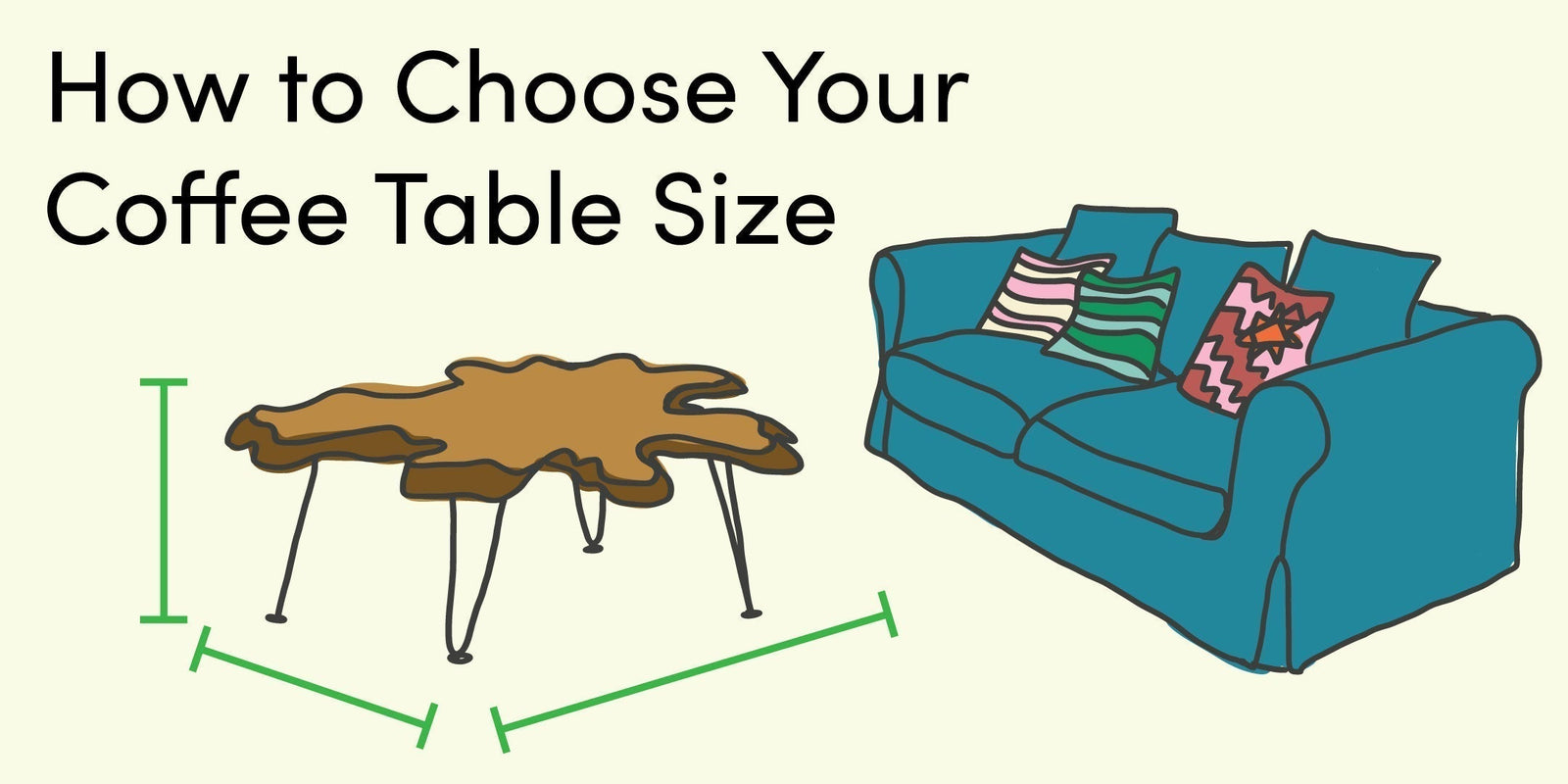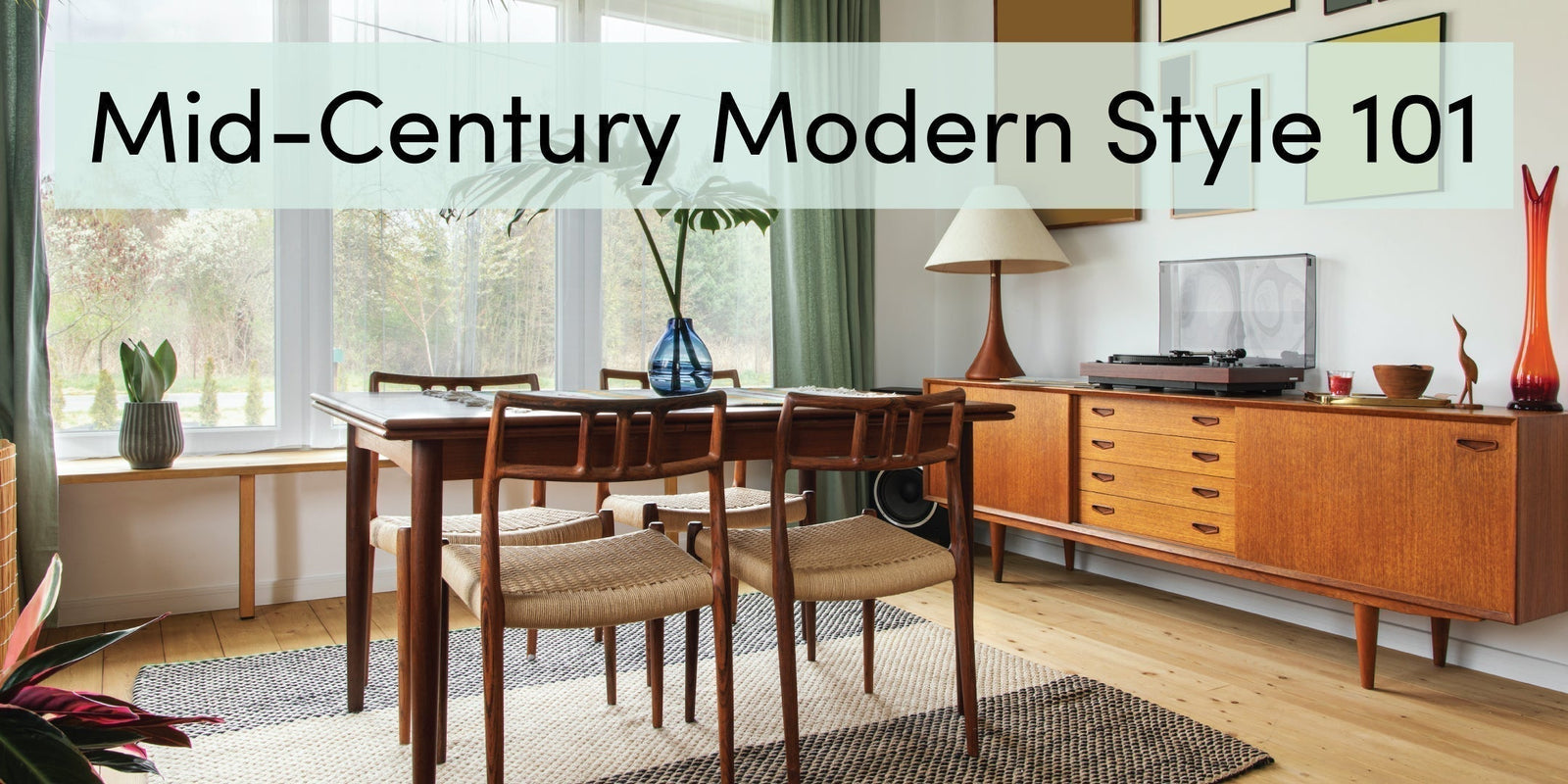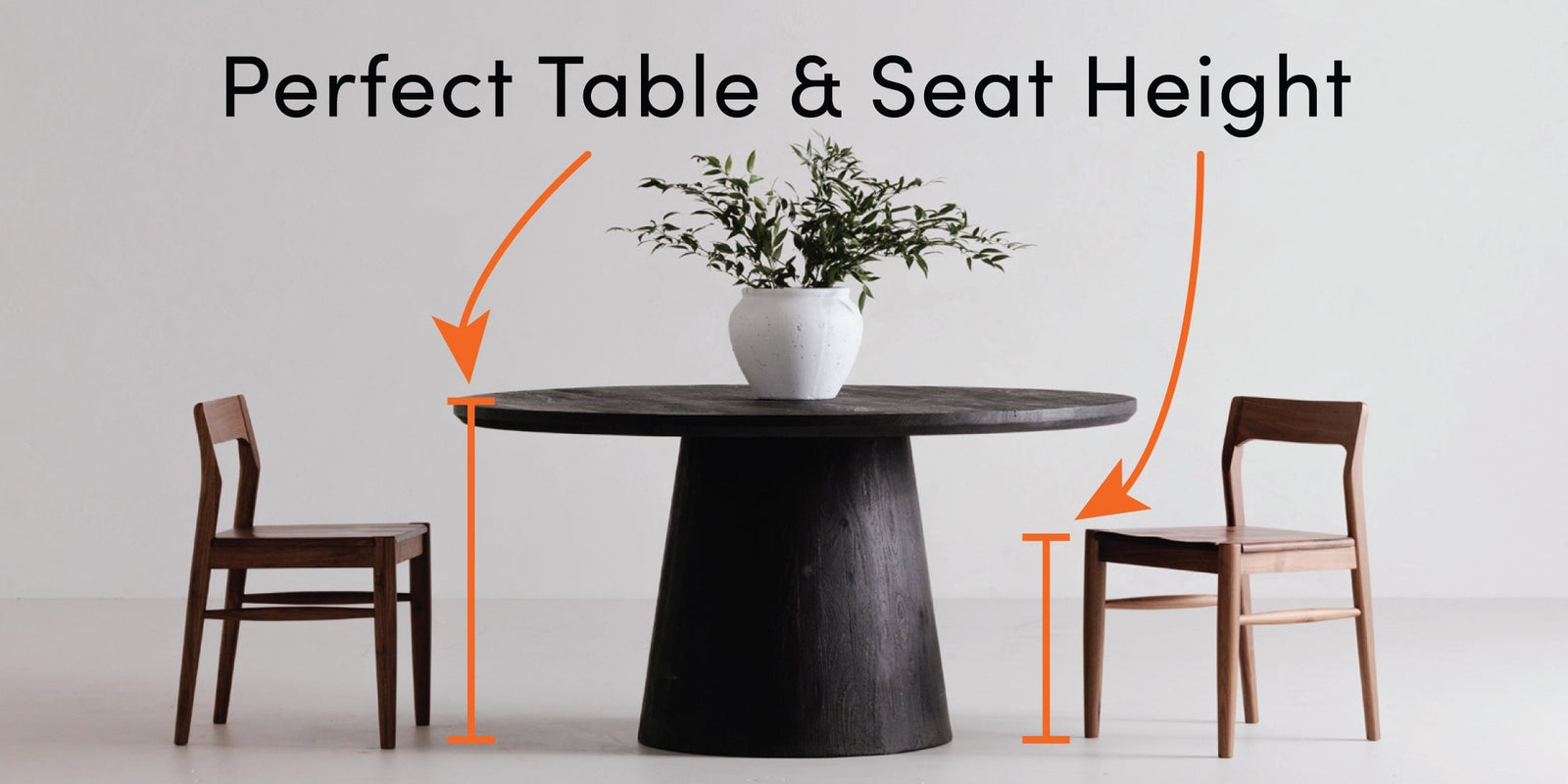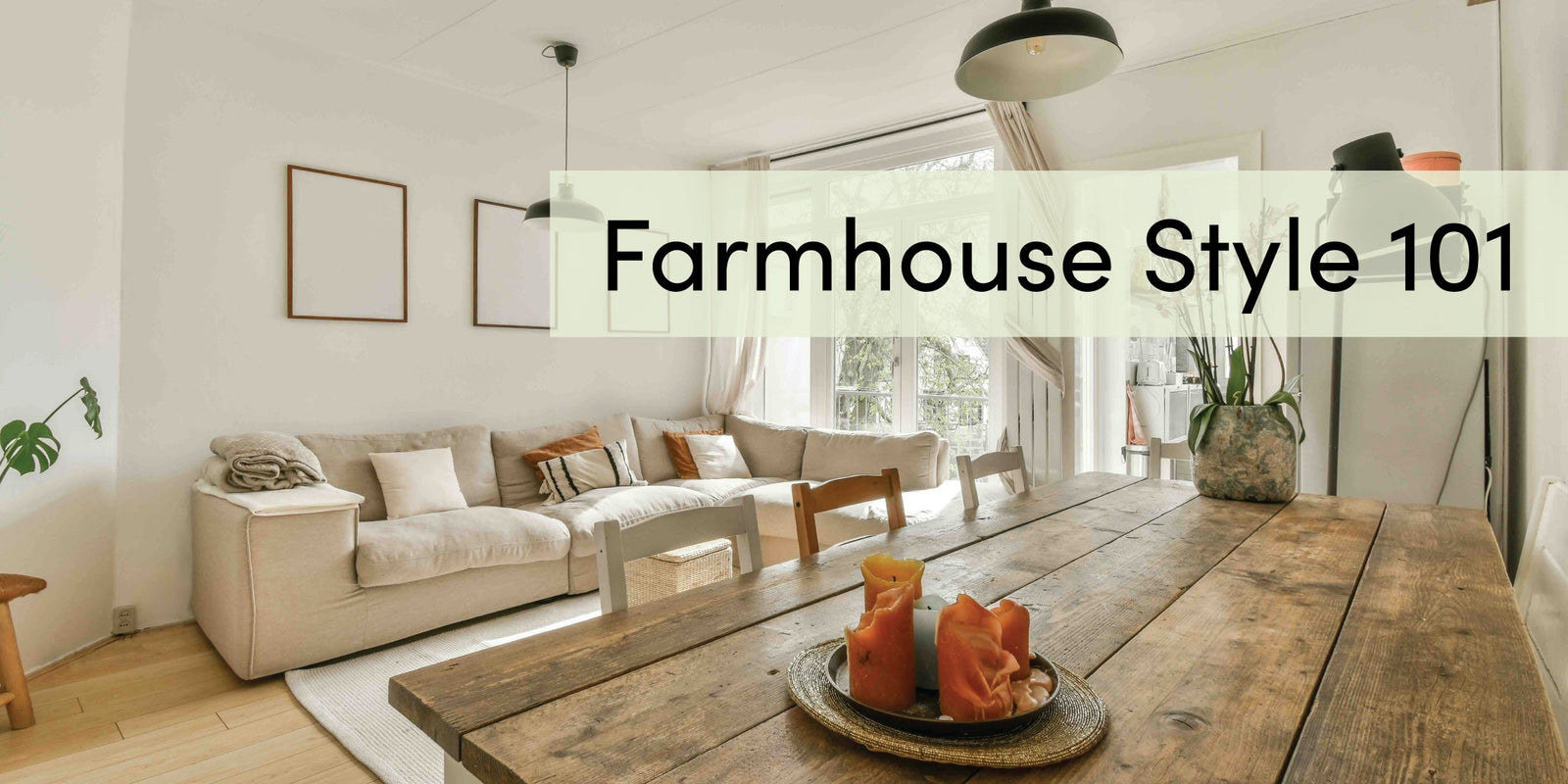Menu
-
-
Furniture
-
Rugs
-
Decor
-
Lighting
-
Outdoor
-
Ideas
-
- Mid-Century Modern
- Scandinavian
- Coastal
- Industrial
- Farmhouse
- Bohemian
- Rustic
- Login

Furniture
Rugs
Decor
Lighting
Outdoor
Ideas
Dining Table Height, Bar Height, and Counter Height Guide
by Maham Iftikhar Last Updated: April 14, 2025 April 14, 2025 7 min read
Many homeowners struggle to find the ideal dining table height with perfect chair height, often leading to discomfort. I've been in too many homes where gorgeous dining furniture just feels wrong when you sit down. The most beautiful farmhouse table in the world won't make up for knees cramping halfway through the cheese course.
There's something incredibly satisfying about sitting down at a perfectly proportioned dining setup. You know the feeling — your feet rest comfortably on the floor, your knees don't bump the underside of the table, and you can easily reach for that glass of wine without feeling like a toddler at the adults' table.
Here are the proper heights for dining tables and dining chairs, as well as niche table options like bar tables, counter stools, benches, and more.
Dining Table and Dining Chair

What is the standard dining table height?
Standard dining tables height typically measures between 28 to 30 inches tall from floor to tabletop, with 30 inch being the most common dining table height. This range allows most adults to comfortably place their hands on the tabletop to dine, use their laptops, and perform other tasks.
The ideal dining table height may vary according to your own height, height of other family members, and most common use for the table. For example, if you have children in your household, you'll want a 28 to 29 inch table to accommodate them. If your family is made of giants who could play in the NBA or WNBA, choose a 30 inch or taller table.
What is the standard dining chair seat height?
The standard dining chair seat height usually falls between 17 to 19 inches from the floor, with 18 inch being the most common chair height. This range is designed to pair with regular dining table heights, providing 10 to 12 inches of clearance between seat and tabletop.
Upholstered dining chairs often have higher seat heights of 18 to 19 inches since the cushioning compresses when sat on, while wooden chairs typically measure 17 to 18 inches in seat height.
What is the standard dining bench seat height?
The standard dining bench seat height usually ranges from 18 to 20 inches, slightly taller than a standard dining chair seat height. This is because dining benches usually do not come with backrests, which means users must either sit upright or lean towards the table while seated. The taller seat height provides more support and weight distribution when your arms are over the table.
Recommended clearance between dining table and chair seat
The recommended clearance between the chair seat and the underside of the table is around 10 to 12 inches. Any less, and you'll be bumping knees and feeling cramped; any more, and you'll be reaching awkwardly over the table.
Note that ultimately, the clearance will vary based on table and chair type. Dining chairs with arms require a minimum of 6 inches gap between the armrest and the underside of the table.
For tables with aprons (those decorative borders underneath the tabletop), you might have to settle for 9 to 11 inches of clearance. This balances both legroom and comfortable reach over the table.
Pros and cons of standard dining tables
Pros:
- Refined over centuries of furniture making and use, the standard dining table offers the most comfort for the average height adult.
- It's the most common type of table, so any standard side or armchair will pair well and offer proper legroom clearance.
- The typical dining table with the standard height is multi-functional, useful for dining, socialising, playing board games, work, and study.
- A standard dining table is generally considered safe for all ages, especially with children, seniors, and those with mobility limitations.
Cons:
- For spaces where you expect guests to use the table while standing and moving around, dining tables will feel too low
- A standard dining table will look too low and imbalanced in dining rooms with high ceilings unless you choose a table with a large surface
- If you want to enjoy adjustable seat height, standard dining tables might not be for you since they're intended to pair with regular fixed-height dining chairs.
Bar Height Table and Bar Stool

What is the standard bar table height?
The standard bar table height measures 40 to 42 inches from the floor to the tabletop. This table height mimics traditional bar counters. Bar-height tables are typically paired with bar stools and used in casual dining areas, home bars, and other recreational spaces.
What is the standard bar stool seat height?
The standard bar stool height ranges from 28 to 33 inches from the floor to the top of the seat. Because bar stools are not as comfortable as dining chairs, the range of seat height for optimal comfort is also more varied. To avoid any issues, consider getting adjustable bar stools to allow each guest to tweak and customise the seat height to their liking.
Are bar tables, pub tables, and high-top tables the same?
Yes, bar tables, pub tables, and high-top tables can be considered interchangeable. In terms of height range, they all range between 40 to 42 inches.
Some retailers might distinguish them based on very minor generalisations based on shape and aesthetic, but these differences are not well defined. For example, some store will refer to all round-top bar tables as pub tables, while others might classify larger bar-height tables as high-top tables.
Recommended clearance between bar table and bar stool
The recommended clearance between the bar table and bar stool seat is 10 to 12 inches. Bar stools with arms will likely need a bit more clearance to ensure sufficient space above the armrests. If you expect guests to be seated with their legs dangling or using the footrest, you can opt for less clearance since there'll be more legroom.
Pros and cons of bar height tables
Pros:
- Ideal for small spaces by maximising vertical space.
- Perfect for entertainment, mingling, and lively pub-style environments.
- Provides guests with the option to use the table while standing or seated.
- Bar height tables are typically paired with bar height stools, making seated and standing persons engage at the same eye level.
Cons:
- Bar height tables can be challenging for kids, seniors, and people with mobility issues.
- Bar-height tables can be less comfortable for long meals.
- Getting in and out of bar stools takes more effort than typical dining chairs.
Counter Height Table and Counter Stool

What is the standard counter table height?
The standard counter height table height ranges from 34 to 36 inches from the floor to the tabletop, positioning them between standard dining and bar heights.
This middle-ground option has gained popularity in recent years, since it offers both the familiarity of traditional dining tables and the social feel of bar tables. Counter-height tables are usually paired with counter stools and are popular choices for kitchen islands and breakfast bars while catering to modern and casual dining aesthetics.
What is the standard counter stool seat height?
The standard counter stool seat height falls between 24 to 27 inches from the floor to the seat. Depending on individual preference and activity over the table, you might want to be seated higher or lower within that range, so consider an adjustable stool.
Are kitchen islands bar or counter height?
Most commonly, kitchen islands are built to counter height, which is 34 to 36 inches tall to match kitchen countertops. This height range makes the kitchen island ideal for food preps and casual dining while paired with counter stools.
Less commonly, some kitchen islands are customised to bar height, which is 40 to 42 inches, but this is becoming less popular due to visual asymmetry across the eye-level of the kitchen.
Recommended clearance between counter table and counter stool
The recommended clearance between the counter table and counter stool is 10 to 12 inches for comfort and proper posture. Counter stools with arms will likely need a bit more clearance, so choose one with a seat height closer to 24 or 25 inches. Armless counter stools can be in any of the normal clearance range.
Pros and cons of counter height tables
Pros:
- The counter-height tables offer the benefits of both regular dining tables and bar height tables.
- Both people who are seated and standing can talk to each other around the table, promoting a more social vibe.
- Counter height stools and chairs are comfier to sit on and easier to get on/off than the taller bar stools.
- Visually, counter-height tables align beautifully with kitchen countertop height.
- Creates clear distinction between dining and living areas in open-concept spaces.
Cons:
- The elevated height of a counter table might not be easy to use for children, shorter people, and the elderly.
- Limited style selections compared to standard dining.
- Can feel awkward in very traditional dining rooms.
Summary of standard dining, bar, and counter table heights
| Furniture Type | Table Height | Seat Height | Seat-to-Table Clearance |
|---|---|---|---|
| Dining Table | 28-30" | 17-19" | 10-12" |
| Bar Table | 40-42" | 28-33" | 10-12" |
| Counter Table |
34-36" |
24-27" | 10-12" |
Other Table and Chair Height Considerations

What type of table should I choose for a small space?
- Counter height table: Counter height tables (34 to 36 inches) are optimum solutions for small spaces. Their capacity to double up as dining space and food prep area makes them ideal for compact and open-plan kitchens.
- Round dining table: Round dining tables generally have a smaller surface area than any other table shape. They also offer better flow and flexible seating in close-packed areas.
- Drop-leaf or extendable table: Extendable tables are the practical option for compact areas or small dining rooms with extra seating requirements. Expand when needed and fold down to create space when not in use.
Should I use an adjustable height stool for bar and counter tables?
Yes! Adjustable height stools are a superb choice for both bar and counter tables. When using your bar or counter table, you'll usually want to adjust the seat height based on whether you're eating, using a laptop, or socialising.
Do you need a taller table for chairs/stools with armrests?
Yes, you may need a slightly taller table to match the chairs/stools with armrests, though it should just be a maximum of half or 1 inch extra height. To allow easy sliding of the chair under the table and the user's comfort, ensure there's clearance of at least 6 inches between the underside of the table and the top of the armrest. Alternatively, you can get a chair with slightly lower seat height, which normally corresponds with lower armrests.
Are outdoor tables the same height as indoor tables?
Although it's not a rule of thumb, generally, outdoor tables follow the same height criteria as indoor tables. The outdoor dining tables are typically 28 to 30 inches tall, the same as indoor dining tables. However, for outdoor bar and counter tables, you'll find a larger range of table heights to account for uneven surfaces and weather considerations. Outdoor bar and counter tables have height ranges of 39-43 inches and 33-37 inches, respectively.
Conclusion
Choosing the right dining table height with the compatible chair height is the first step for ensuring a comfortable dining experience. Whether you opt for a standard, bar, or counter height table, consider your specific needs, users' height, and design aesthetics for a perfect table and chair combo.
Leave a comment
Comments will be approved before showing up.

Coffee Table Height & Size Selection Guide
Discover the ideal coffee table height, width, and depth for your living room or lounge area. Learn about the standard coffee table dimensions, measuring rules relative to couches and other nearby furniture, and proper fit based on spacing and room layout.

Mid-century Modern Interior Design 101: Decor Ideas & Design Tips
Discover the essentials of mid-century modern interior design. We cover its defining features, iconic furniture pieces, suitable art and decor, color palettes, and much more. Get simple decorating tips and architectural guidelines to get the perfect MCM look.

Dining Table Height, Bar Height, and Counter Height Guide
Identify the ideal height ranges for dining tables, bar tables, and counter tables, along with the proper seat heights for the chairs and stools to pair with them. Learn to choose a slightly lower or taller table based on use cases, family members, armrests, and more.

Farmhouse Interior Design Guide: Decor Ideas & Design Tips
Learn how to create a rustic and welcoming space with the timeless charm of farmhouse interior design. Learn the key characteristics, popular farmhouse style variations, furniture selection, proper color palette, and other farmhouse decorating tips.
Join Our Newsletter
for interior design tips, exclusive sales, and new product releases
























